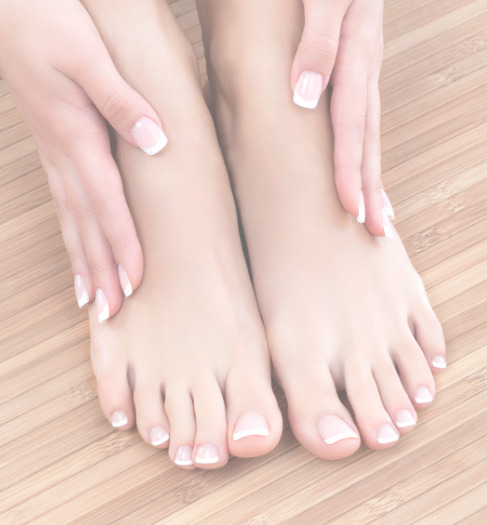Toenail Grading: From Mild to Wild
Today we will cover one of the most common nail conditions that most of us will experience at one point or many points in our lives ‘ingrown toenails’, medically known as onychocryptosis. We also can use different grading systems to determine severity and optimal treatment protocols.
The cause of ingrown toenails are multifactorial. Individuals of any age can be affected with no particular predilection to gender. However it is more common in young adults and teenagers. Trauma also plays a major role with poor footwear a second contributory factor.
Moreover, the appropriate treatment for an ingrown toenail depends on its grade and the individual’s overall health.
Here we present a general grading system:
- Grade 1: This is the mildest form. The nail border is mildly irritated or inflamed with no real sign of infection.
- Grade 2: Here the nail border is more inflamed usually with the appearance of drainage or pus. Treatment involves removing the offending nail border surgically under local anesthesia.
- Grade 3: This stage only differs slightly from stage 2. The hallmarks here are infection of the nail border with a history of more than one episode of an ingrown toenail at the affected nail border. The ingrown toenail is associated with increased pain, redness as well as swelling.
- Grade 4: Patients who are diagnosed with a stage 4 typically presents with increased granulation tissue, drainage and also infection to one or both nail borders. Paronychia can present with or without granulation tissue. There is noticeable onycholysis of the nail border.
- Grade 5: The most severe and partial or complete removal of the nail plate is recommended in order to resolve the soft tissue infection.
Causes and risk factors of Ingrown toenail
A toenail is more likely to become ingrown if
- you wear shoes that are too tight
-
it’s cut too short or rounded at the edges
-
your feet are very sweaty
- you are overweight (obese)
-
you have a certain genetic toenail growth shape, such as “pincer” toenails, which are so curved that they look like part of a tube when seen from the tips of your toes
-
you have diabetes or a condition that can cause water retention in your feet, such as heart or kidney failure or chronic venous insufficiency in your legs or
-
you are taking medication to treat cancer.
Fact: There is a genetic predisposition to ingrown toenails. Some people have an inherited tendency. Did you know that a pincer nail is not the same as an ingrown toenail. But they can co-exist!
Please note that the terminology and grading systems used by healthcare professionals may vary. It’s essential to seek medical attention if you suspect you have an ingrown toenail, especially if it’s causing significant pain, infection or complications, as untreated ingrown toenails can lead to more severe issues.
Are you suffering from any nail condition? At The Chelsea Clinic, we can help. One of our podiatrist can assist and then recommend what treatments are best to get you back on track. Podiatrist South Kensington
Schedule an appointment here or you may call us at +44 (0) 207 101 4000.
We hope you have a feetastic day!
-The Chelsea Clinic and Team




